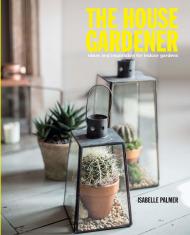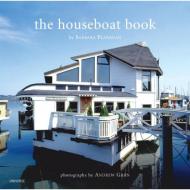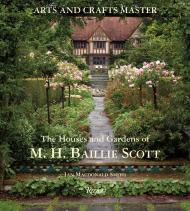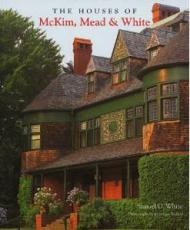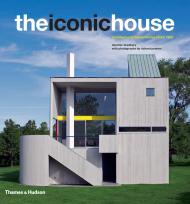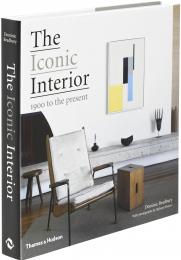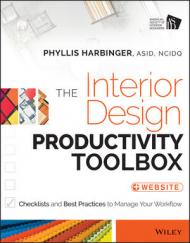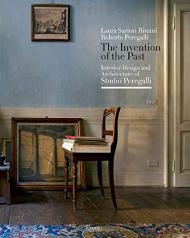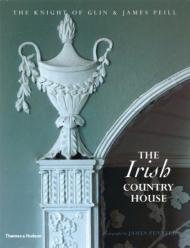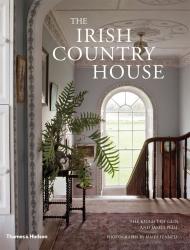One hundred of the most important and influential architect-designed houses in the world.
With seminal works from such icons as Le Corbusier, Frank Lloyd Wright and Mies van der Rohe, as well as modern-day greats including Tadao Ando, Rem Koolhaas and Herzog & de Meuron, this book presents a stunning array of the past century’s architectural masterpieces.
International in scope and wide-ranging in style, the houses share a remarkable sensitivity to site and context, appreciation of materials and local building traditions, and careful integration of clients’ needs. Each, however, has a unique approach that makes it groundbreaking and radical for its time.
Every house has a history, and this book tells the often intimate stories of these remarkable buildings and their architects and clients. Concise, informative texts and fresh, vibrant illustrations, including specially commissioned photographs and a wealth of floor plans and drawings, offer detailed documentation, while a bibliography, gazetteer and list of houses by type offer further information.
Whether Arts and Crafts or Art Nouveau, Modernist or Minimalist, High-Tech or vernacular, these iconic buildings from around the world and across the decades will inspire and delight students and professionals, design aficionados and anyone who dreams of building a house of their own some day.
About the Authors:
Dominic Bradbury is a writer and freelance journalist specializing in architecture and design. He has written over 20 books, including Mid-Century Modern Complete, The Iconic House, and The Iconic Interior. He contributes to magazines and newspapers in the UK, US, Australia, and internationally, including The Financial Times, The Times, Telegraph, House & Garden, World of Interiors, Wallpaper, and Vogue Living.
Richard Powers is a photographer specializing in architecture and interiors. His books include Beyond Bawa and Tropical Minimal, also published by Thames& Hudson.
